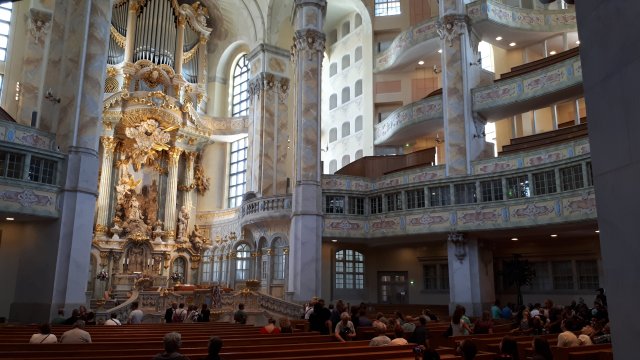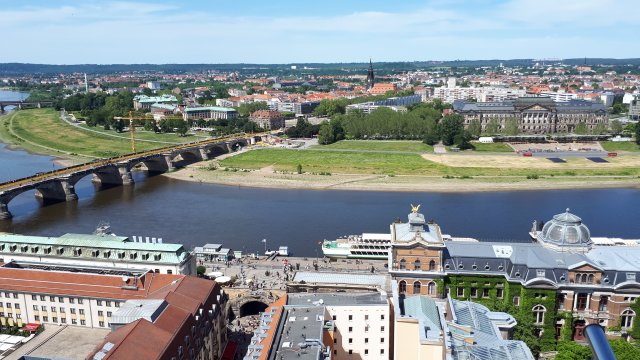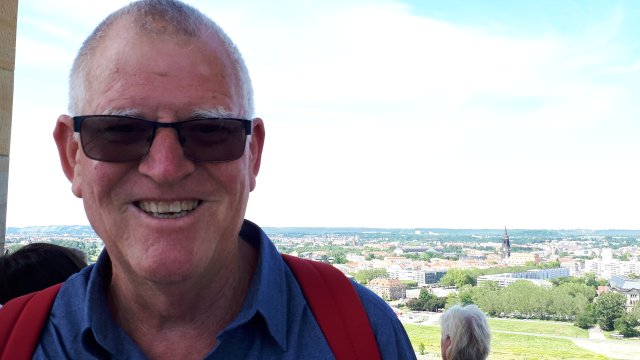London
Woke to a beautiful looking day, but feeling shell shocked, we mentally settled into a laundry morning interspersed with a Vodafone top-up and a slow-service breakfast locally at The Brunswick, a newish complex of small shops, cafes, offices and residential. At the next table, the waiter delivering poached eggs on toast, made apologies to the customers as they’d run out of poached eggs and he’d had to make them himself! (???)
A chill in the morning air stopped me from checking out the plaque recognising the conductor Sir John Barbaroli.
The hotel laundry was in the basement in a tiny room with a noisy exhaust fan within a labyrinth of subterranean rooms; the washing machine had its own sense of timing but the dryer was reliable and effective. Gary’s ironing service was worthy of commendation too.
With a pre-arranged appointment to meet Blake at his work place – Universal Studios, 4 Pancras Square, Kings Cross – we started walking in that direction and found ourselves in the mighty Kings Cross/St Pancras Station. It has – and the surrounding area – has certainly developed since the 1970’s when I lived in London.
This statue applauds the man who fought to save the station from demolition and the other man stands in awe of adapting the old to fit the new age.

The surrounding area – the Coal Drop Yards and The Granary – is a combination of re-purposed old buildings, creative gardening and open spaces, including an open-air picture theatre, moving water, and a contemporary take on supermarketing.


Honours students were displaying their models of architecture for the future.
We waited for Blake outside his building by the lily pond with welcome shade from advanced trees.
We lunched at Dishoom – described as ‘an Indian menu in hip Bombay-style cafe’. Blake ordered enough for 10 and we ate it: top food, top atmosphere.
Bye Blake; hello Fiona. We had a loose arrangement to walk the canal from Little Venice to Camden Town with our Sydney friend, but once it was firmed up by Whatsapp, our challenge was on: to efficiently use several tube lines and arrive at the meeting point at the same time. This is the new look underground Kings Cross end…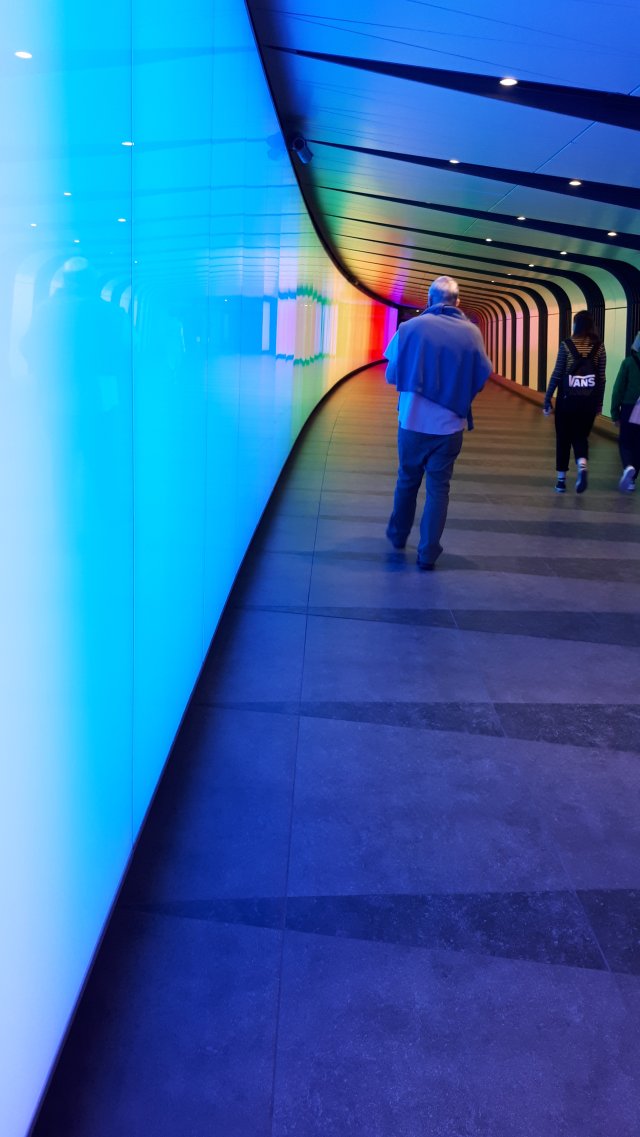
Starting at Little Venice, there was more conversation than viewing and wrong canal taking; only two options…
Recognising our mistake as the walk became increasingly less beautiful, we made amends and enjoyed the walk alongside the Regent’s canal, the houseboats, the passing feasting people, huge mansions with manicured gardens and guard dogs, hyenas and warthogs in the zoo, eventually arriving at the crowded, noisy, tattooed, ugly, souvenir-filled Camden. The walk had been on the fast side as Fiona needed a tube station to get her to her Stockwell home and off to dinner. In the two & a half mile walk, Camden was the only option.
A hasty farewell, a couple of photos, then an unpleasant crawl through the worst of the worst to my mobile phone shop for its top-up. Manda was conveniently shopping in the area and Gary was finally able to meet the person he’d been emailing for years. Amanda and I were students at Trinity College and shared houses and life during my three years in England.
She acknowledged that her driving might be considered ‘hair-raising’ and 3 point turn at peak hour in the high street because of eggs was definitely a highlight!
We had bubbles from the Loire Valley, red from Spain, and home cooking, and close to 11pm we bounced down the hill to Tufnell Station. The rest was a tired blur.









 BUT in this expansive open area that opened out in front of the Opera entrance, the Augustusplatz, was the most exciting contemporary architecture (with a pseudo church frontage) that Gary and I have ever unanimously gone wow over. It is the University; founded in 1409, and incorporating the ‘Augusteum’ which is based on the St Paul’s Church which was blown up in 1968 by the Communists. We circumnavigated the building going ‘wow’ at every turn: so many angles, shapes, textures – glass, metal, moulded x?, stone; student-life energy spilling out of the inner courtyard into the surrounding narrow streets.
BUT in this expansive open area that opened out in front of the Opera entrance, the Augustusplatz, was the most exciting contemporary architecture (with a pseudo church frontage) that Gary and I have ever unanimously gone wow over. It is the University; founded in 1409, and incorporating the ‘Augusteum’ which is based on the St Paul’s Church which was blown up in 1968 by the Communists. We circumnavigated the building going ‘wow’ at every turn: so many angles, shapes, textures – glass, metal, moulded x?, stone; student-life energy spilling out of the inner courtyard into the surrounding narrow streets.












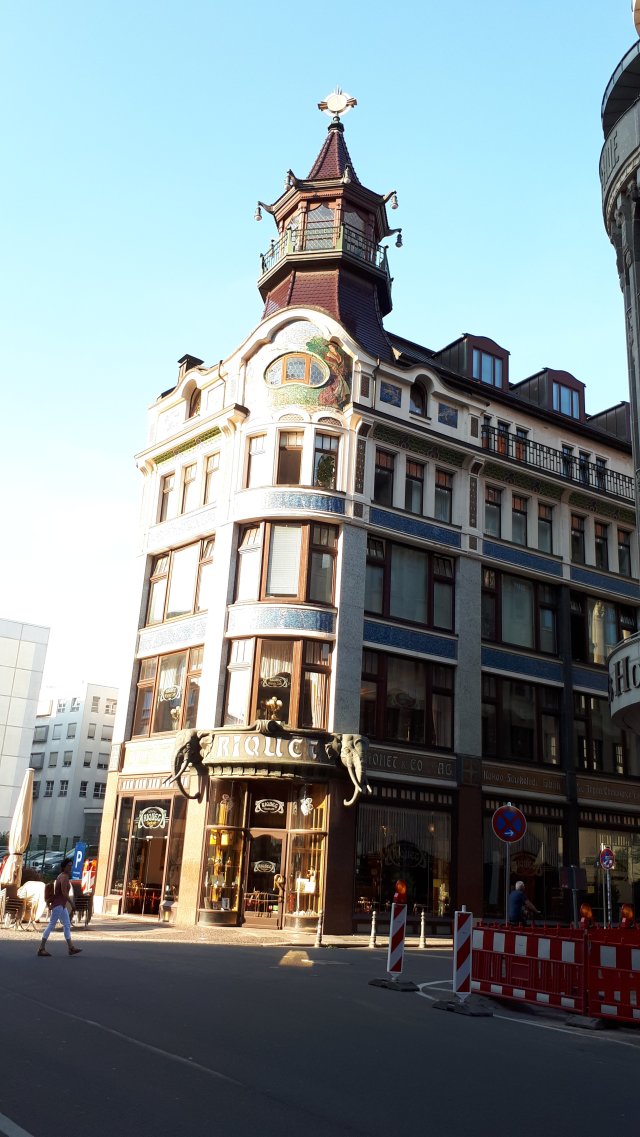


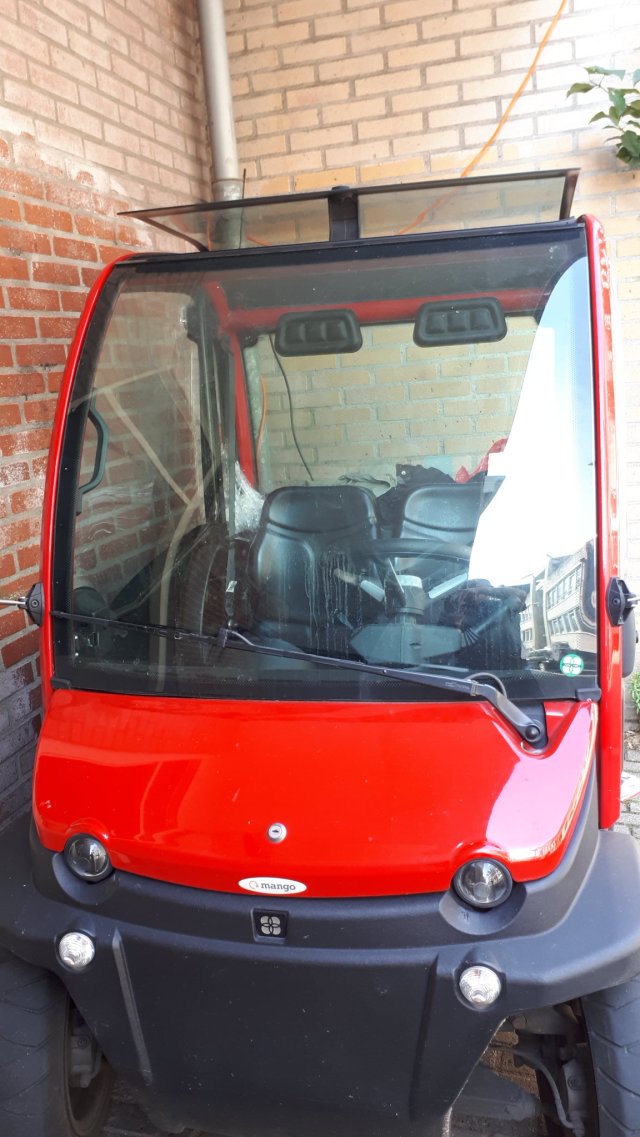








 but the further we walked the more insecure I became about our direction, and with a definite time for meeting Blerta & Sophie, out came Ms Google. In her recognisable fashion, she turned us around to eventually take us almost in the direction we had been heading. (Gary knew this!)
but the further we walked the more insecure I became about our direction, and with a definite time for meeting Blerta & Sophie, out came Ms Google. In her recognisable fashion, she turned us around to eventually take us almost in the direction we had been heading. (Gary knew this!)



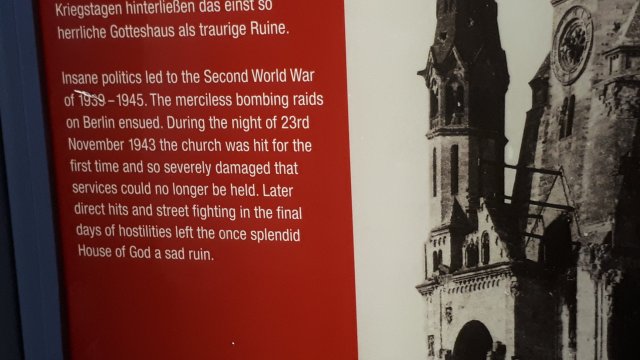






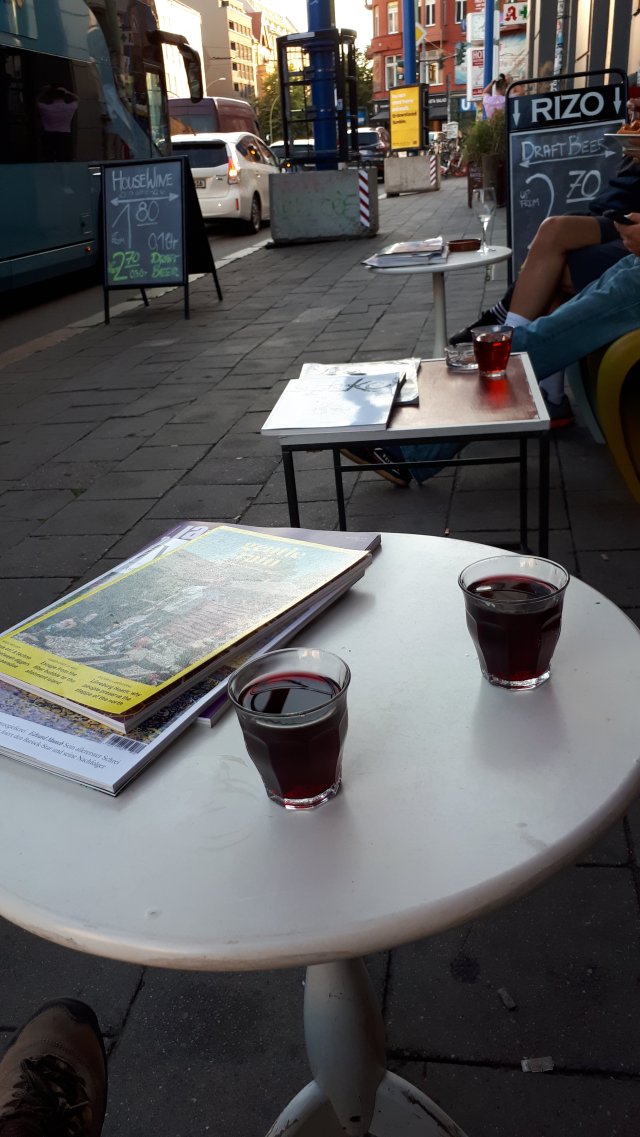

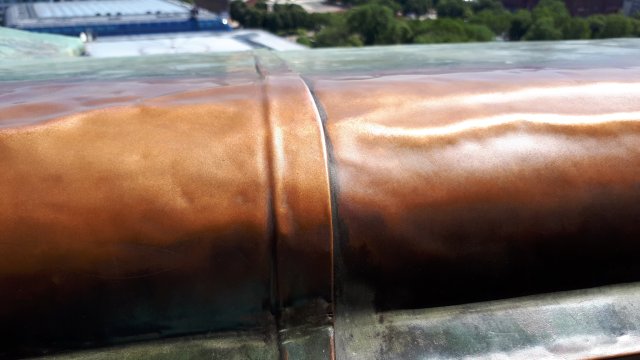







 No photos allowed inside; one mention of Moses Mendelssohn; more stairs up to the internal wooden dome; lots of security…
No photos allowed inside; one mention of Moses Mendelssohn; more stairs up to the internal wooden dome; lots of security…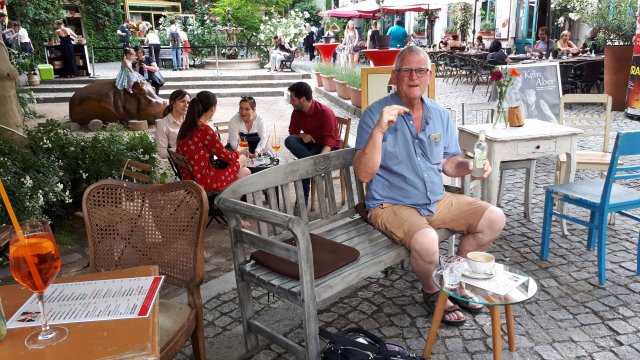



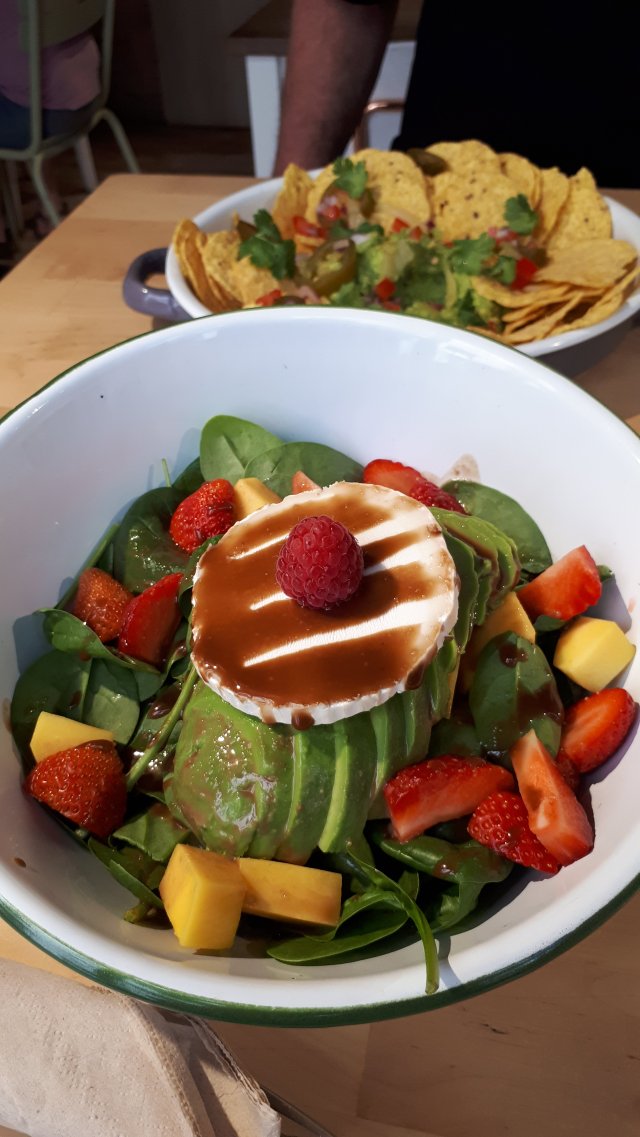 and chance meeting with Tony & Gill and icecreams, home to change into performance mode, and then back to Palau for the 5pm performance.
and chance meeting with Tony & Gill and icecreams, home to change into performance mode, and then back to Palau for the 5pm performance.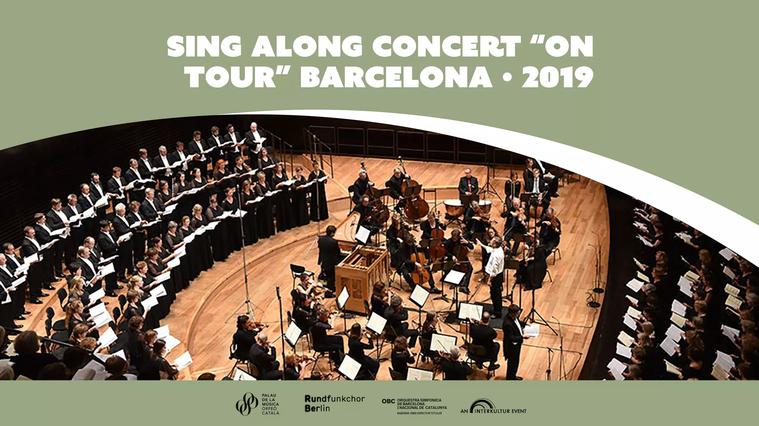




































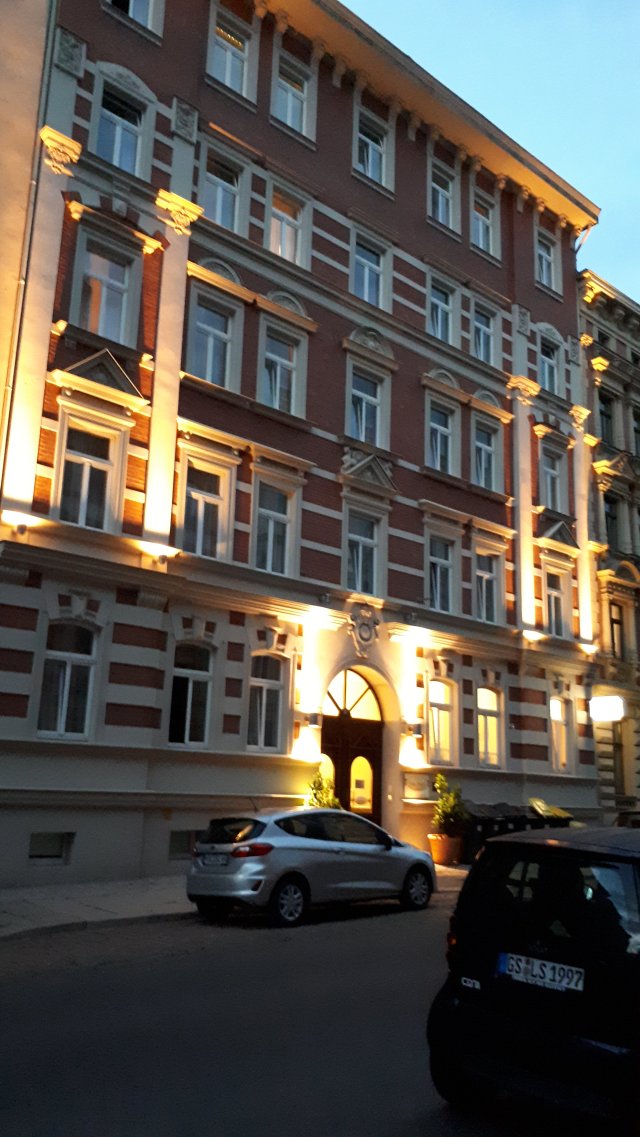
 The church and a separate tower with bells grabbed our attention as did a reluctant hospitality worker who sold us (an awful) coffee. Rushing now (of course) we realised that the Neues Theater was not our first concert venue. Surprisingly Google sent us directly to the Löwengebäude, Aula der Martin-Luther-Universität; the lion-guarding University building.
The church and a separate tower with bells grabbed our attention as did a reluctant hospitality worker who sold us (an awful) coffee. Rushing now (of course) we realised that the Neues Theater was not our first concert venue. Surprisingly Google sent us directly to the Löwengebäude, Aula der Martin-Luther-Universität; the lion-guarding University building.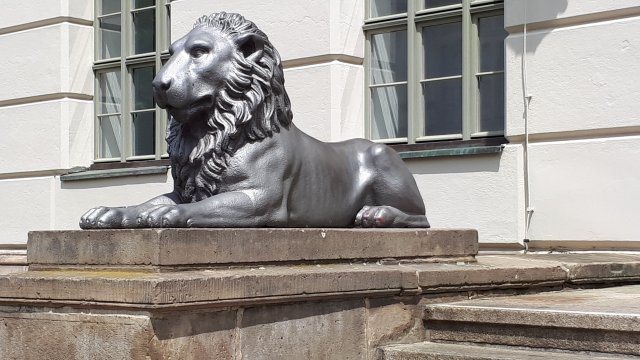
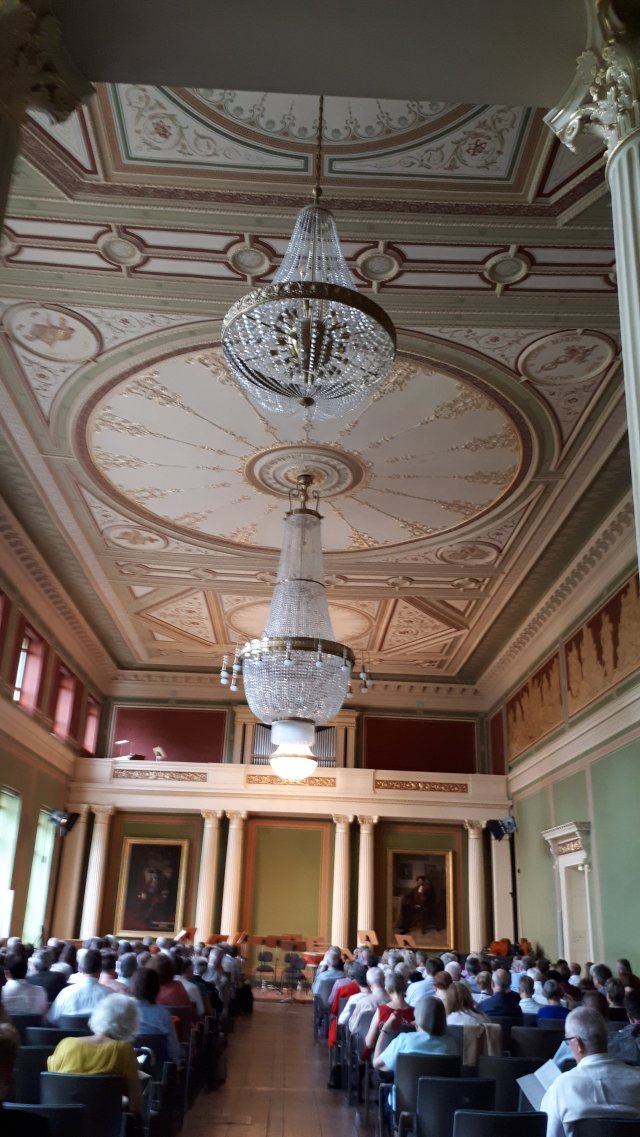







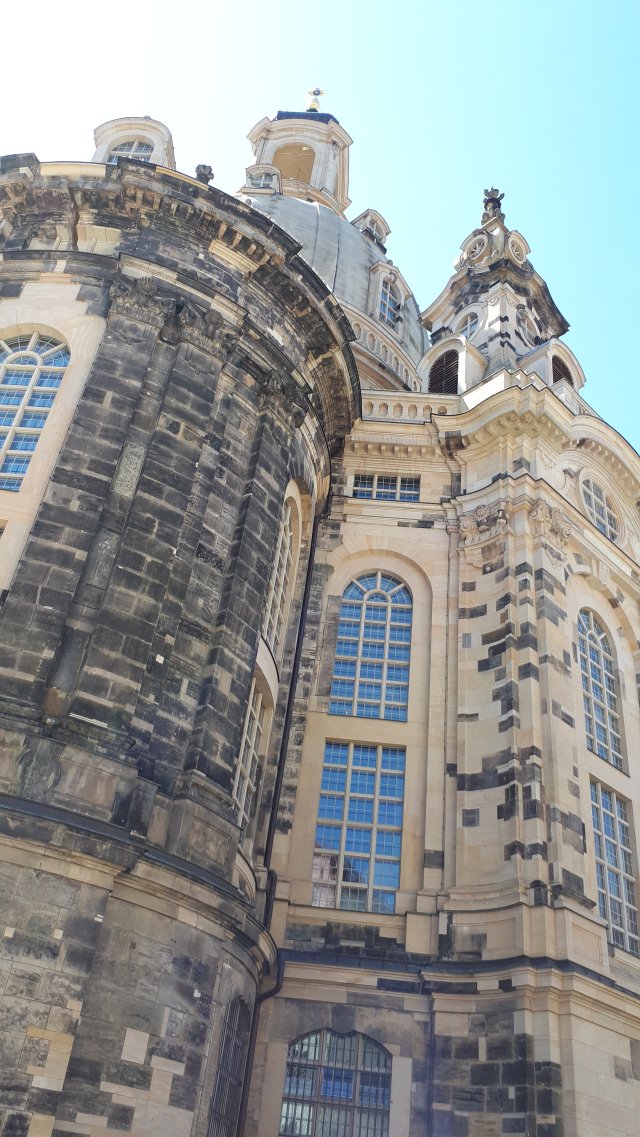
 Inside was nothing like what we imagined; the colours were pastel and the design circular – and it was full of happy snappers… We need to return and hear a ‘choir of angels’ emanating from the dome.
Inside was nothing like what we imagined; the colours were pastel and the design circular – and it was full of happy snappers… We need to return and hear a ‘choir of angels’ emanating from the dome.